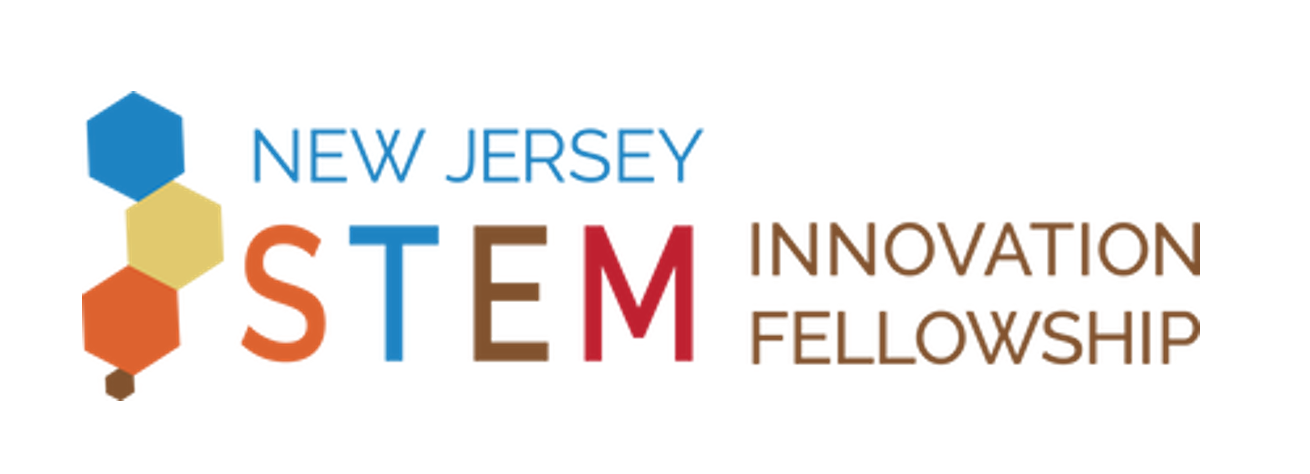In this guest blog post, Eileen Murray, Director of Strategic Initiatives at MƒA, discusses how New Jersey’s STEM Innovation Fellowship is curbing learning loss and how teachers can apply, receiving an impactful experience and a $5,000 stipend.
Many parents and teachers are concerned that students’ knowledge and skills are slipping due to Covid-19. Moreover, remote learning opportunities in New Jersey have been inequitable, especially for economically disadvantaged Black and Latinx families. We need to do better — and we can do better.
To address the problem, the Governor’s office and the New Jersey Department of Education recently announced a new grant program that makes $1.2 billion available for school districts to provide additional academic and mental health supports. $75 million is slated to be used for research-based academic enrichment activities to help mitigate the challenges presented by COVID-19. This sounds promising, but what are those interventions or strategies that work to address the significant educational issues caused by the pandemic?
As a mathematics education researcher, I know there are teaching methods currently in use that naturally counter learning loss, with stunning evidence of success. Number strings, an innovative teaching routine for elementary school students, is a great example. In one study conducted in a low-performing, urban school district in Massachusetts, second-grade students who were taught using number strings significantly outperformed older students on state test questions (Roy, 2008). The second graders outperformed third graders on 100% of the questions from the third-grade test; they also outperformed fourth graders on 70% of the questions from the fourth-grade test and fifth graders on 20% of the questions from the fifth-grade test.
As a parent of two school-aged children in New Jersey, I would be thrilled to learn their teachers were using such an innovation in their classrooms; it would inspire confidence that my children were developing their mathematics abilities that would help them to address any gaps and prepare them for future grades.
How are we bringing innovations like these to teachers in New Jersey? As a longtime provider of professional development for teachers in many districts and schools across New Jersey, Georgia and Massachussettes, I know the most effective way is by creating opportunities for teachers to try new strategies in their classrooms, and then reflect on their practice within the context of supportive learning communities.
In 2019, my organization launched the New Jersey STEM Innovation Fellowship with support from Governor Murphy and his administration. We established a learning community of 30 teachers in 29 districts spread across the state, with half working in high-needs schools. In the first year, they learned to implement number strings in their classroom, both in person and virtually. Currently, in its second year, program participants are learning how to teach their peers to do the same.
Our work on bridging the opportunity gap by providing teachers with innovative tools like number strings continues. We are once again calling for applications for a new cohort for the 2021-2022 school year. The application deadline is March 31st and eligible educators can learn more here. Participation in the fellowships is on a one-year renewable basis and is open to experienced, accomplished elementary teachers and coaches. The program will continue to focus on both in-person and remote teaching innovations (e.g., number strings) shown to improve student learning. The program provides a $5,000 stipend to all fellows to engage in a summer workshop and monthly, after-school meetings with the learning community.
There is no doubt that COVID-19 has taken an incredible toll on students, especially those most in need. From where I sit, however, I see hope. I see existing programs and resources, like the STEM Innovation Fellowship program, that can be leveraged to help our students now and in the future. We appreciate how Governor Murphy has recognized the promise of a program like ours as he has proposed leveraging state funding for it through a public-private partnership.
Building teacher communities focused on innovations that have been proven to give students the boost they so desperately need is a way to get students back on track. The key is to trust teachers to do their jobs and give them the support they need.

